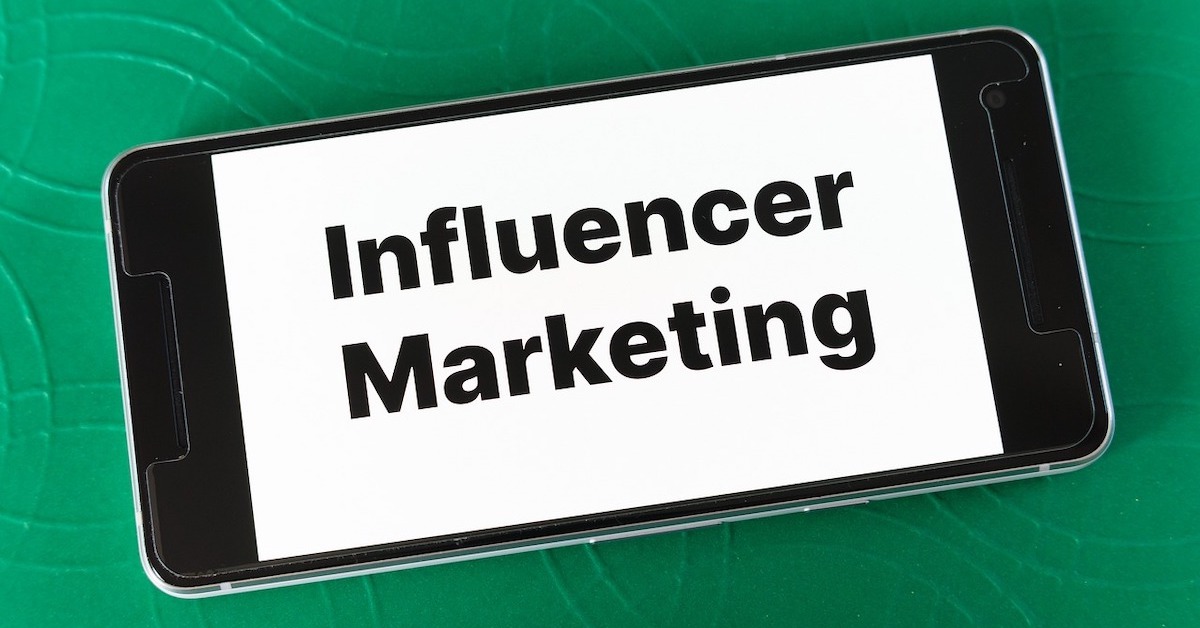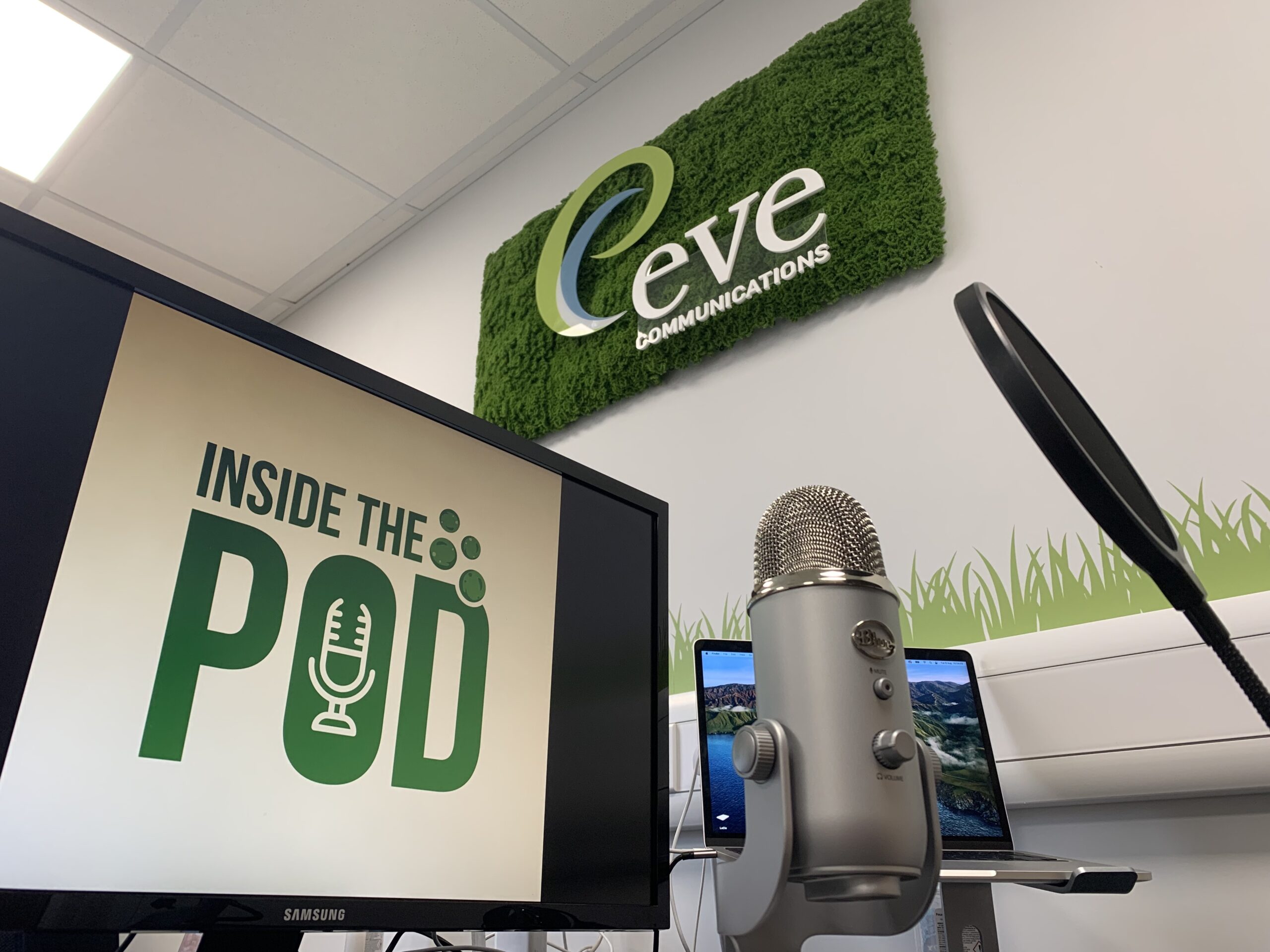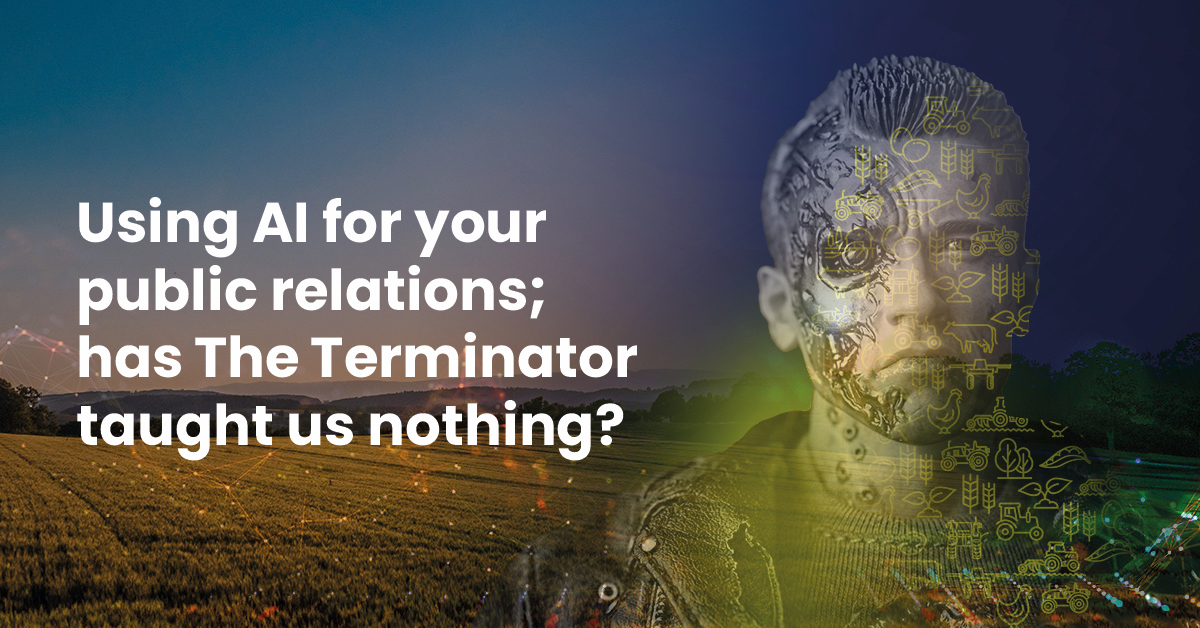What is influencer marketing
Influencer marketing explained!
Social media is a big part of most people’s everyday lives. If you’re not on it, you are in the minority! Businesses and individuals use it daily to connect with friends or colleagues and find out more about news, events, products and their local community.
It also allows users to keep up with trends and topics by following celebrities, experts or ‘influencers’.
In the beginning, companies would send branded items to celebrities, in the hope they would be worn or used by them and then photographed. To ‘influence’ others, in other words, and inspire them to purchase the item. The influencer marketing arena became monopolised by celebrities and dedicated bloggers.
Nowadays, everyday people can gain large numbers of followers across social media and influence on a large scale. Having a mass following provides the opportunity to be a social media influencer and be a source of advertising for brands. “People and accounts with as little as 3,000 followers on social media can be seen as social influencers and be paid by brands to advertise products and services,” according to Orlagh Shanks, in conversation with Richard Bailey at the PR Academy.
Influencer marketing in agriculture
Popular influencers in the ag industry post about what they do, why they do it and how this affects their end product, outlining the journey from farm to fork. A good example is Tom Pemberton, whose YouTube channel has 554K subscribers. It tends to be raw footage, shot on their farm or the farm they work at and injecting a bit of humour typically helps the influencer become a personality.
The benefit of these influencers for the ag industry is the large amount of awareness that is created among consumers by making the connection between farming and the food that is produced.
One of the biggest challenges in agriculture is the lack of communication between farmers and consumers. According to Kelly Henaughen at The Scottish Farmer: “Farmers are getting better at telling the story about the food they produce.” The influencer community in agriculture helps educate consumers and promote British farming.
For farmers, following ag influencers could alleviate some of the loneliness they can experience working alone. It creates an online community, as one influencer’s experience may help another farmer and it opens a space for discussions about familiar territory within the farming community.
It can also facilitate discussions about less-talked-about issues in farming such as mental health, acting as a lifeline in some cases.
Influencer platform downfalls
The downsides are that influencers are people and make mistakes. If an influencer says something they shouldn’t, the brand can come under scrutiny by being associated with them.
Secondly, the Advertising Standards Authority‘s (ASA) rules are constantly evolving as social platforms change, but if the rules aren’t adhered to by the influencer, the brand can be sanctioned by the ASA. Brands should carry out a clear vetting process before reaching out to influencers to make sure they are a good fit for the brand.
Influencers can get negative press. However perceptions are changing as influencers use their position and power to campaign for change and educate their audiences.
The rise of the deinfluencer
One thing to be aware of in the future is the rise of the ‘deinfluencer’. “Influencers on TikTok are telling their followers what not to buy under the guise of critiquing overconsumption and saving money,” says Diyora Shadijanova of Dazed.
Particularly in the fashion and beauty industries, people are aware of unethical labour, non-environmentally friendly products and excess waste. Deinfluencing videos began surfacing at the beginning of 2023 highlighting these practices.
Sustainability and the environment are at the forefront of the ag industry. If ag brands don’t produce products or services deemed sustainable or environmentally friendly, these surely run the risk of being a victim of a deinfluencer if this ideology spreads across industries.
The influencer 2023
Pairing up with an influencer does not come without risks for a business. However, the right influencer has the potential to be highly successful for a company and offer a great ROI. Scrutinising and monitoring the process is advisable, as is creating a contingency plan for anything that could potentially go wrong so you’re prepared for any eventualities.
Whether a brand has an influencer or not, could they still be at risk of a deinfluencer? Practice what you preach is my advice to companies, regardless of whether or not they work with influencers!
To find out how we can help to create your marketing strategy, get in touch here.





